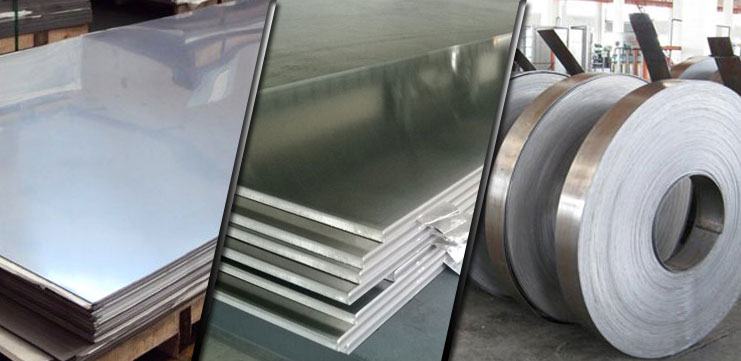Duplex steel plates are a vital component in industries requiring high strength and corrosion resistance. Their manufacturing involves several precise steps to ensure they meet stringent quality standards and perform reliably in diverse applications. This blog explores the manufacturing and processing of duplex steel plates in a straightforward manner.
Introduction to Duplex Steel Plates
Duplex steel is a type of stainless steel known for its unique combination of properties from both austenitic and ferritic stainless steels. It typically contains chromium, nickel, molybdenum, and nitrogen, which contribute to its excellent corrosion resistance and mechanical strength.
Raw Materials Selection
The manufacturing process begins with carefully selecting raw materials. High-quality stainless steel scrap, along with virgin metals like chromium and nickel, is melted in an electric arc furnace. The composition of these raw materials is crucial as it determines the final properties of the duplex steel plates.
Melting and Casting
Once the raw materials are selected and weighed according to specific alloy formulations, they are melted in an electric arc furnace at extremely high temperatures. This process ensures thorough mixing and homogenization of the alloy components. The molten metal is then refined to remove impurities through processes like argon oxygen decarburization (AOD) or vacuum degassing.
After refining, the molten steel is cast into large ingots or slabs using continuous casting techniques. This initial casting stage forms the basis for subsequent processing into duplex steel plates.
Hot Rolling
The cast slabs or ingots are then reheated to high temperatures and passed through a series of rolling mills. During hot rolling, the slabs are progressively reduced in thickness to achieve the desired dimensions and mechanical properties. This process also refines the microstructure of the steel, enhancing its strength and toughness.
Heat Treatment
After hot rolling, duplex steel plates undergo heat treatment processes to optimize their mechanical properties. This typically involves solution annealing, where the plates are heated to a specific temperature and then rapidly cooled (quenched) to achieve a balanced microstructure of austenite and ferrite phases. Subsequent aging or precipitation hardening treatments may be applied to further enhance strength and corrosion resistance.
Surface Finishing and Cutting
Once heat treated, duplex steel plates undergo surface finishing processes such as pickling or shot blasting to remove any scale or oxide layers formed during manufacturing. Precision cutting techniques, including shearing or plasma cutting, are then used to achieve final plate dimensions according to customer specifications.
Quality Control and Testing
Throughout the manufacturing process, strict quality control measures are implemented to ensure the integrity and performance of duplex steel plates. Samples are taken for chemical analysis to verify alloy composition, while mechanical testing determines properties like tensile strength, yield strength, and elongation. Non-destructive testing methods such as ultrasonic testing and magnetic particle inspection are also used to detect any defects or inconsistencies.
Conclusion
The manufacturing and processing of duplex steel plates and duplex steel sheet involve a precise sequence of steps, from raw material selection to final quality assurance. This meticulous process ensures that duplex steel plates meet the high standards required for applications in industries such as oil and gas, chemical processing, and structural engineering. By combining strength, corrosion resistance, and reliability, duplex steel plates continue to be a preferred choice for demanding industrial environments worldwide.





Comments